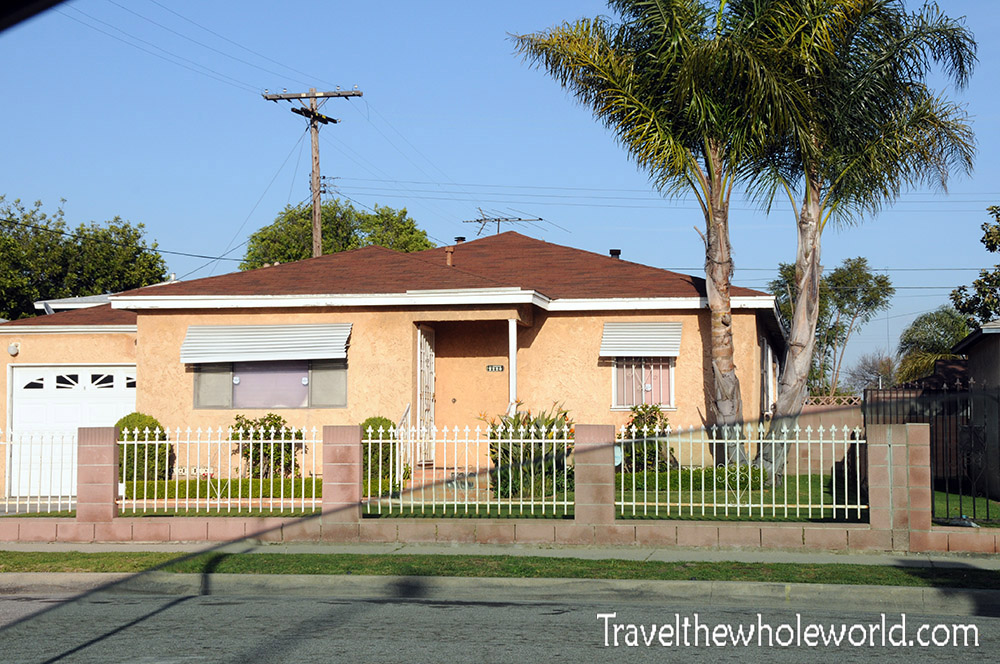

On May 11, 1888, the city of Compton was incorporated with a population of 500 people. In January 1888, a petition supporting the incorporation of Compton was forwarded to the Los Angeles County Board of Supervisors, who in turn forwarded the petition to the State Legislature. Compton donated his land to incorporate and create the city of Compton in 1889, but he did stipulate that a certain acreage be zoned solely for agriculture and named Richland Farms.
#Compton la hood series
A series of town meetings were held to discuss incorporation of their little town. īy 1887, the settlers realized it was time to make improvements to the local government. Many in the Compton party wanted to relocate to a friendlier climate and settle down, but as there were two general stores within traveling distance-one in the pueblo of Los Angeles, the other in Wilmington-they eventually decided to stay put. To gather firewood it was necessary to travel to mountains close to Pasadena. The weather continued to be harsh, rainy and cold, and fuel was difficult to find. Compton's earliest settlers were faced with terrible hardships as they farmed the land in bleak weather to get by with just the barest subsistence. However, to avoid confusion with the Camptonville located in Yuba County, the name was shortened to Compton. Originally named Gibsonville, after one of the tract owners, it was later called Comptonville. These families had traveled by wagon train south from Stockton, California, in search of ways to earn a living other than the rapid exhaustion of gold fields. In 1867, Griffith Dickenson Compton led a group of 30 pioneers to the area. The tree that marked the original northern boundary of the rancho still stands at the corner of Poppy and Short streets. The Domínguez family name is still applied throughout the area, including the Dominguez Rancho Adobe historical landmark, in the unincorporated community of Rancho Dominguez, located between the cities of Compton, Long Beach and Carson. Domínguez's descendants partitioned the land amongst family members, sold parcels to newly arriving settlers, and relinquished some when validating their legal claim with the Mexican government at 48,000 acres (190 km 2) in 1828, and with the United States government through a patent validating 43,119 acres (174.50 km 2) in 1858. In 1784, the Spanish Crown deeded Rancho San Pedro, a tract of over 75,000 acres (300 km 2), to soldier Juan José Domínguez. In 1767, the area became part of the Province of the Californias ( Spanish: Provincia de las Californias), and the area was explored by the Portolá expedition in 1769–1770. The Spanish Empire had expanded into this area when the Viceroy of New Spain commissioned Juan Rodríguez Cabrillo to explore the Pacific Ocean in 1542–1543.


 0 kommentar(er)
0 kommentar(er)
